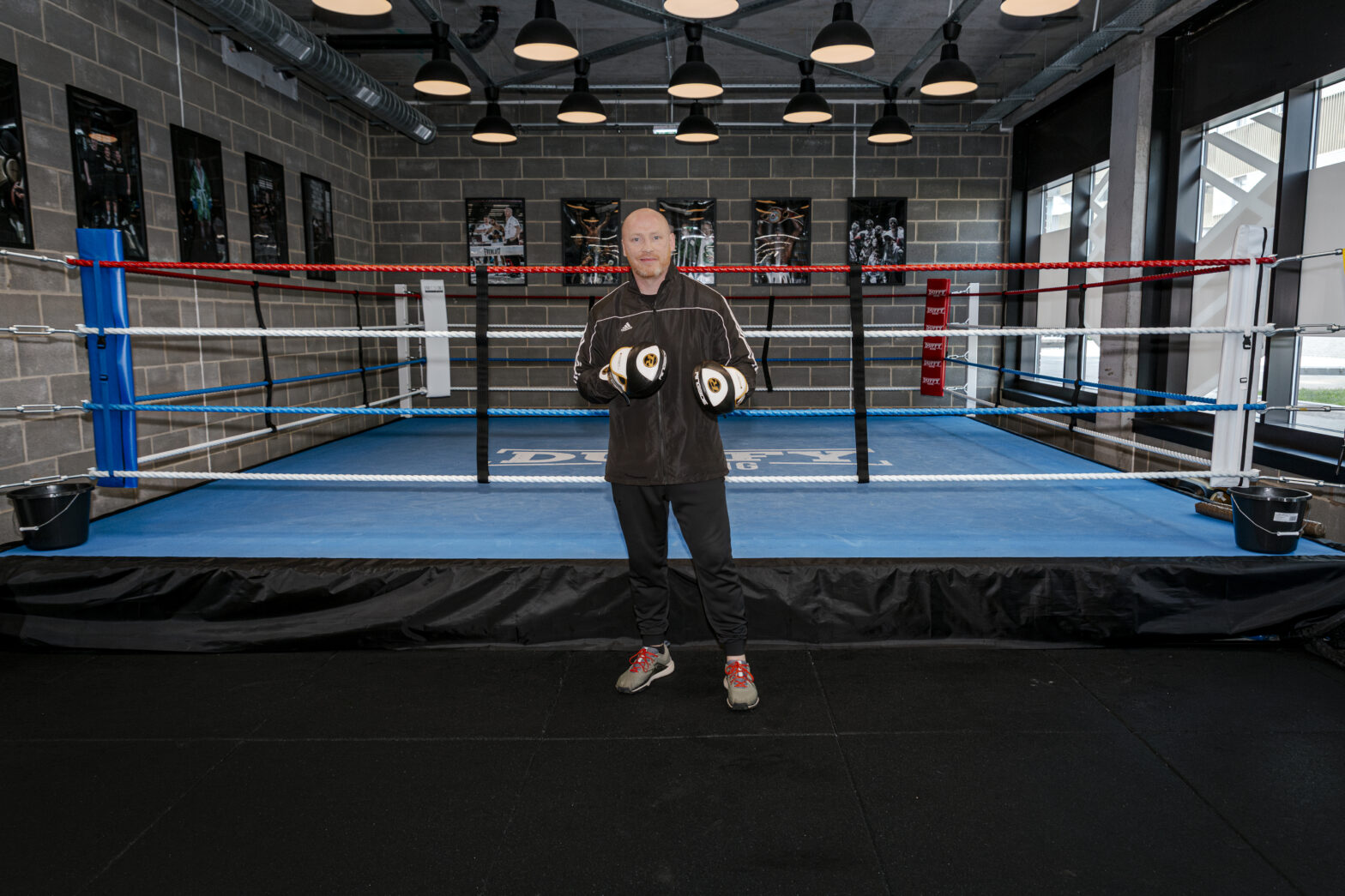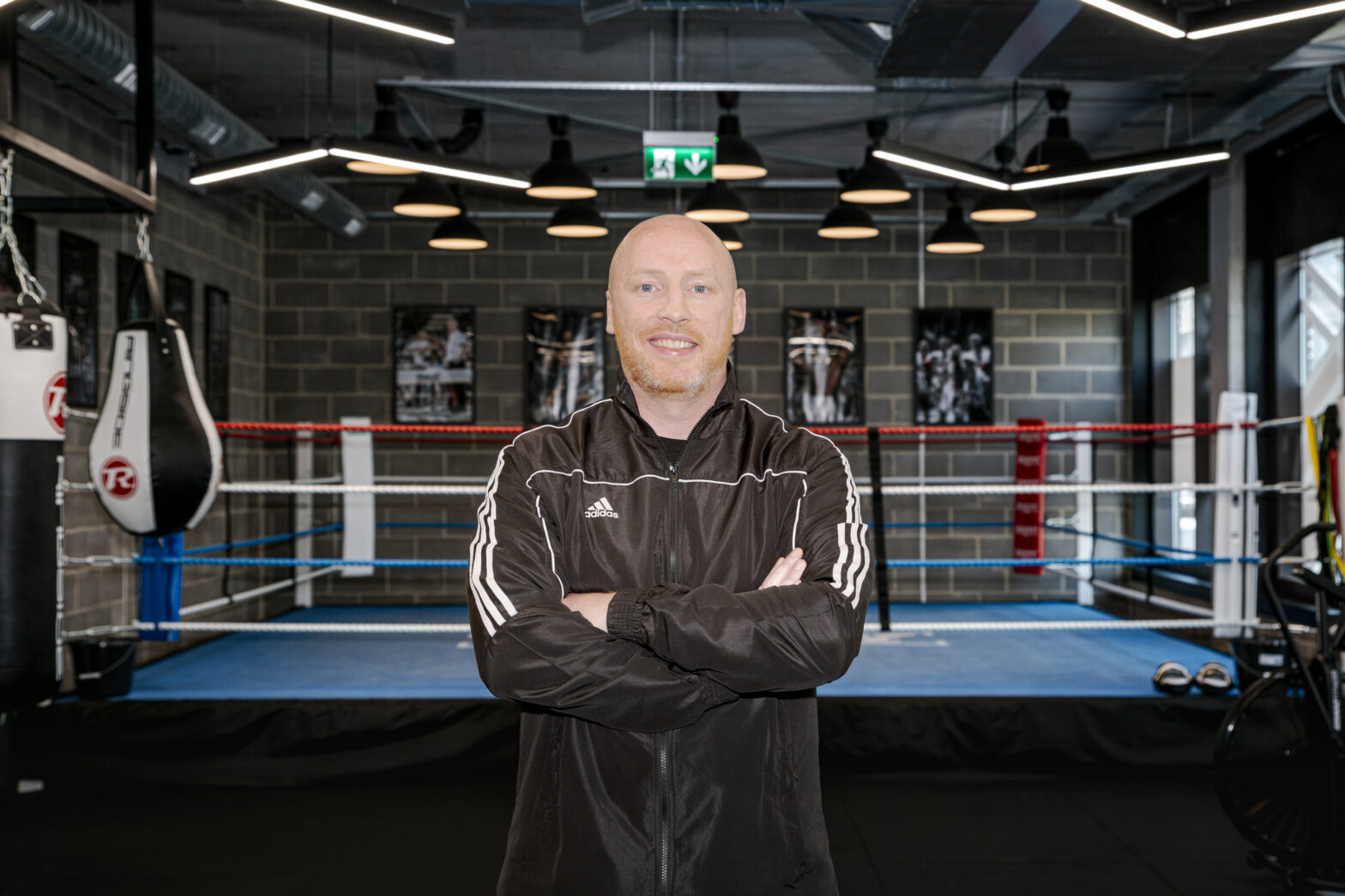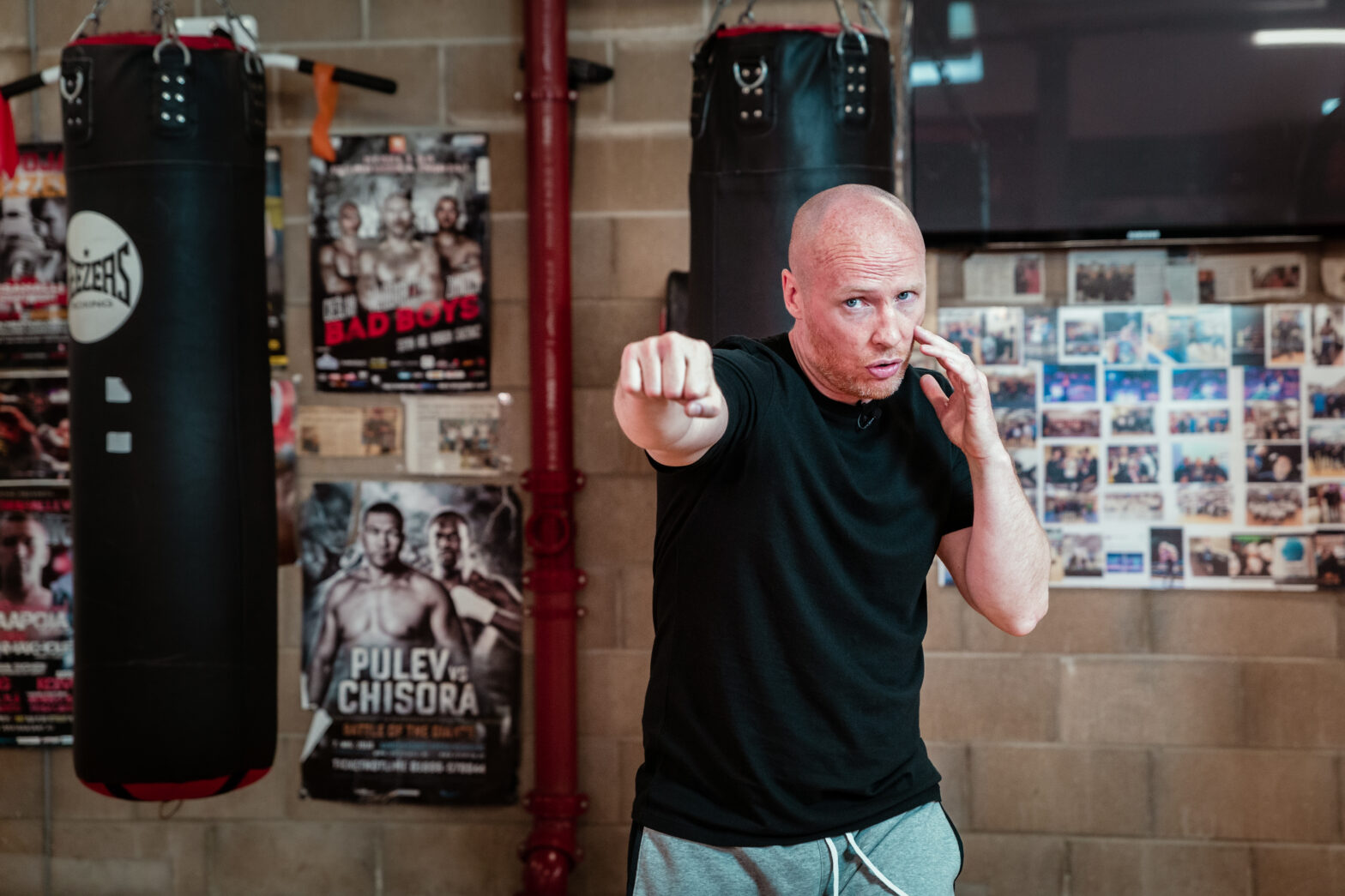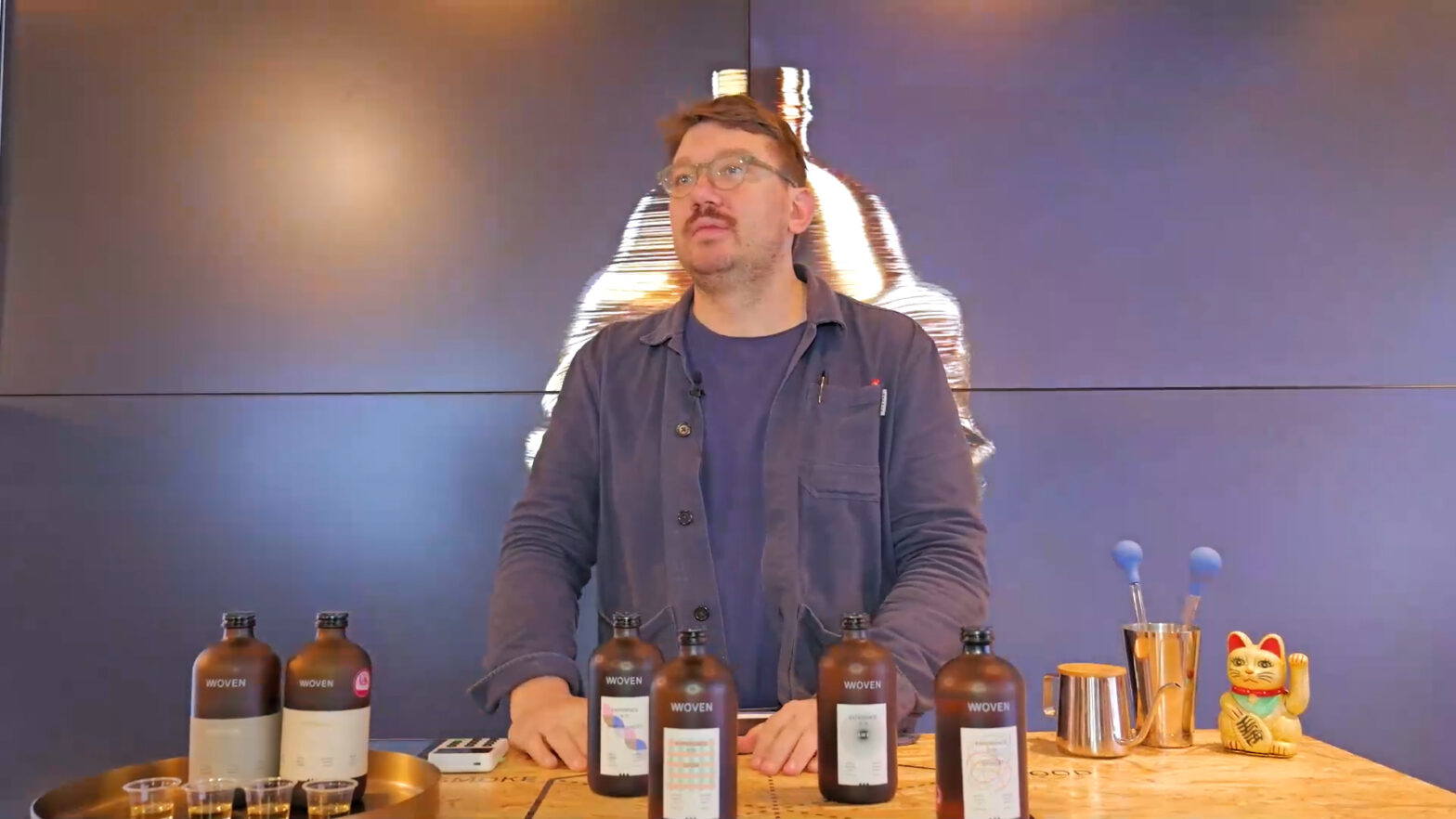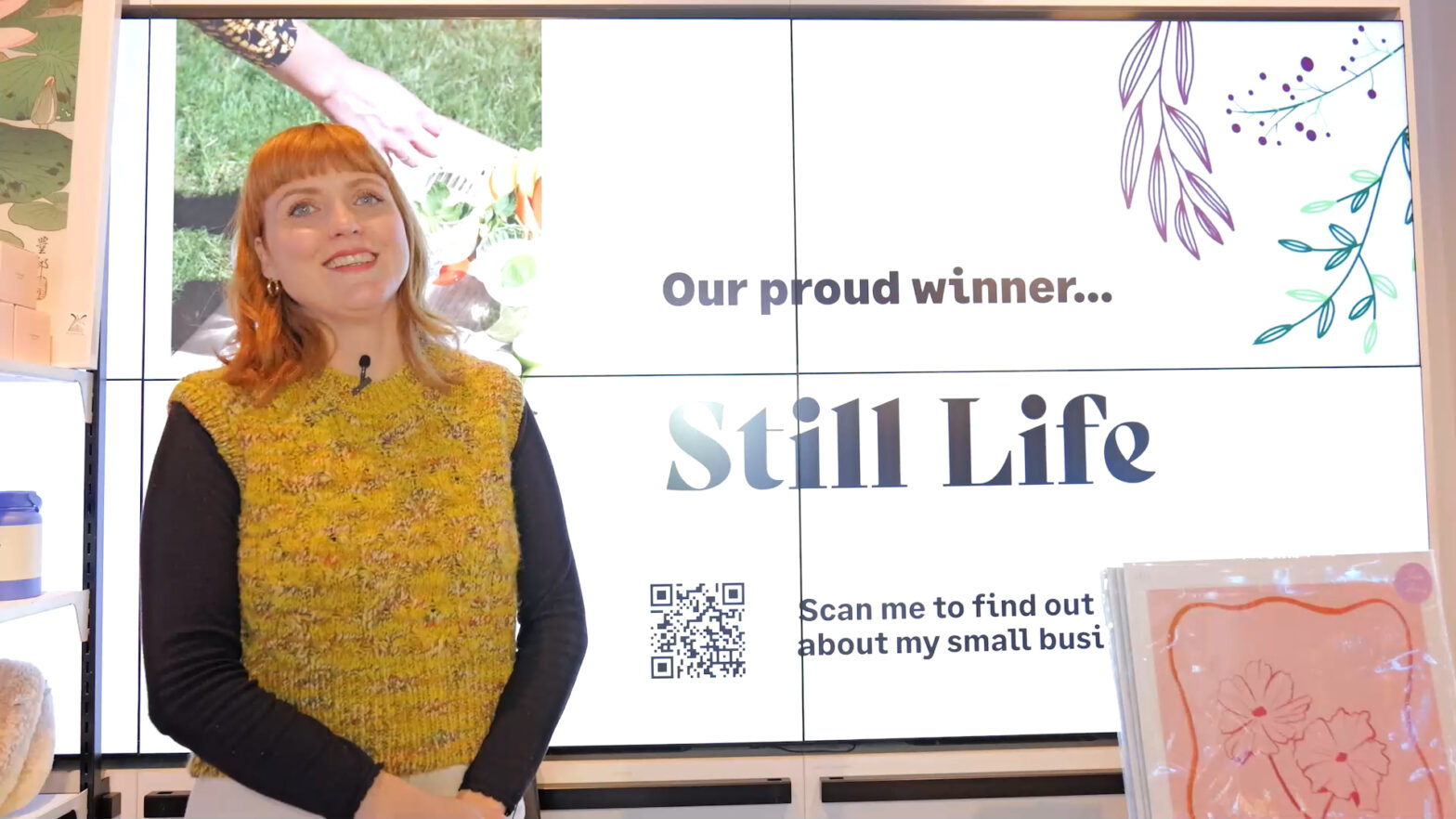Many small business owners dream of one day owning a high street brand, but others dismiss it as an aspiration too far. But perhaps it’s not as unrealistic as they think.
Many small businesses have had great success through licensing out their intellectual property to third parties – usually manufacturers – and working with them to build up a range of products. This approach has numerous benefits. Entering a totally new market can be daunting, but by teaming up with a manufacturer who already knows the territory, you are already reducing the risk of failure.
The other advantages are that you can (in some cases significantly) increase your income via royalty payments, increase awareness of your brand and keep control of how your creations are used.
Merchandise licensing is all around us – Peppa Pig on a pencil case, for instance, or a V&A print on a pair of gardening gloves. The same principles apply for smaller businesses. Are you an artist, for example, with a humorous illustration? What about a textile designer with an eye-catching print? Or a clothes designer with an individual logo? All of these things and others have the potential to become licensed brands.
So how do you start? Well, licensing is about selling the rights to use your creation on products produced by a third party. So, the first thing to do is assess whether you have a licensable asset. The most successful licences are those that have emotional resonance for consumers, such as a funny character, a saying or a sports logo. If you are fairly sure that you might have something licenseable, do a bit of research – remember that any products will need to have retail and online appeal.
Check what’s on their shelves already and search online to see how your designs offer something different. If you already have a customer base, use your contacts to ask whether they’d welcome new products based on your designs. It’s a good idea to check out the specialist trade magazines in this area. Many have e-news bulletins and are a good source of information on potential partners and ideas for products.
Building up licensing contacts is a must. Go to some of the major trade shows, join a networking group, take advantage of social media forums and trade associations. If you are new to licensing, it’s worth bringing in an expert to help you negotiate any deals, for instance a local IP lawyer or a licensing consultant.
A key aspect of negotiating a licence is the royalty rate which is normally based on a percentage of the value of each sale. Minimum guarantees and advances are also common. For the uninitiated it can be worth working alongside a consultant who can advise you on the legal and financial aspects, but also help you develop a product range that fits your brand and has retailer and consumer-appeal.
If your business is a manufacturing concern, you can also turn all the above on its head and consider buying a licence to put a famous brand on your products. How much better would your melamine kitchenware sell with Jamie Oliver branding on it? What extra distribution into key retailers could you get for your car air-fresheners if the Top Gear logo was on them? It can be done, and there’s a whole industry out there waiting to hear from you.
Remember, licensing is all about working in partnership, so the chemistry has to be right. Take your time and talk to a number of potential partners – they will all bring differing degrees of experience and ideas to the table. Agree terms of business and a strict approval process. You will be relinquishing some creative control to this partner, so be aware that this is a two-way street – good communication is vital. Finally, keep tabs on how things are progressing. You might want to develop your product range in the future, depending on what sells, or approach different retailers – how you develop your licensing programme is up to you.
Related – Intellectual property: is yours safe?
NB – The Licensing Industry Merchandisers Association has now changed its name to Licensing International

